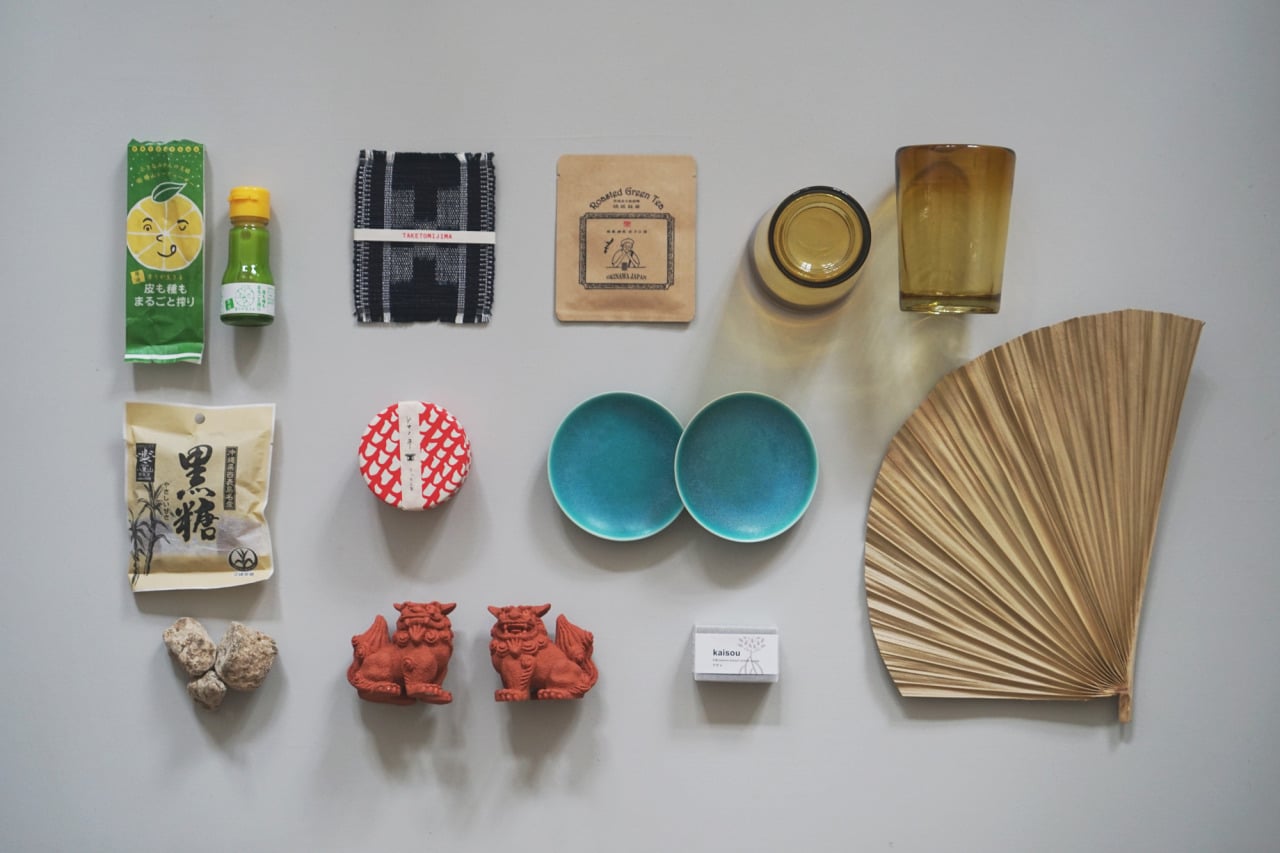#gallery-1 {
margin: auto;
}
#gallery-1 .gallery-item {
float: left;
margin-top: 10px;
text-align: center;
width: 100%;
}
#gallery-1 img {
border: 2px solid #cfcfcf;
}
#gallery-1 .gallery-caption {
margin-left: 0;
}
/* see gallery_shortcode() in wp-includes/media.php */
CRAFT: Pack a Piece of Okinawa
Japan is home to 47 prefectures, each with its own distinct character. Travel to any one and you’ll discover a unique culture, local crafts honed over centuries, and food unlike anything you’ve tasted before. Souvenirs made in celebration of the local area are the perfect way to remember your trip. Here are ten things to slip into your suitcase whilst in sunny Okinawa.
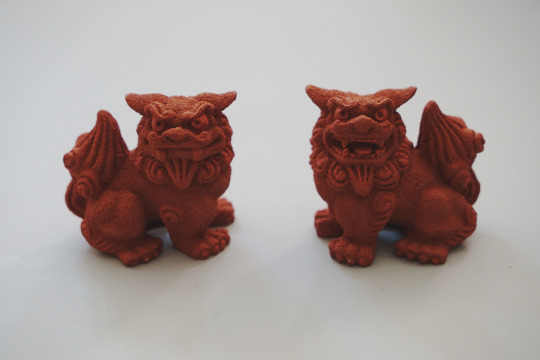
01: Shisa Statues
Land in Okinawa and it won’t be long before you’re face-to-face with one of the local shisa. Part lion, part dog, Okinawa’s mythical guardians are the most recognisable artefact in Ryukyuan culture and you’ll soon spot them everywhere you look – crouching on rooftops, proudly flanking gateways, and of course crammed into the windows of souvenir shops.
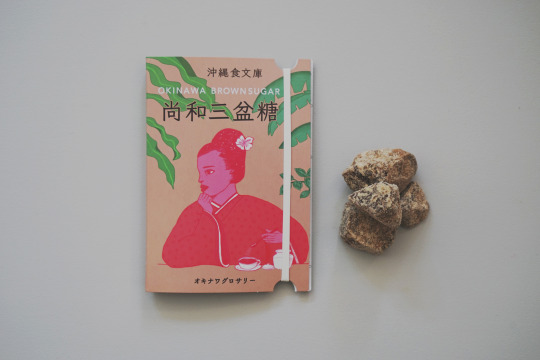
02: Okinawan Brown Sugar
The world’s healthiest sugar, Okinawan Brown Sugar – or Kokuto – is made by slow cooking locally grown sun-drenched sugarcane, before hardening the juice to produce a pure, natural sugar that is rich in nutrients. A popular ingredient prized for its flavour, Kokuto is also known for its health benefits. High in calcium, potassium and iron, a spoonful of kokuto a day can help lower stress, balance blood pressure and even prevent tooth decay!
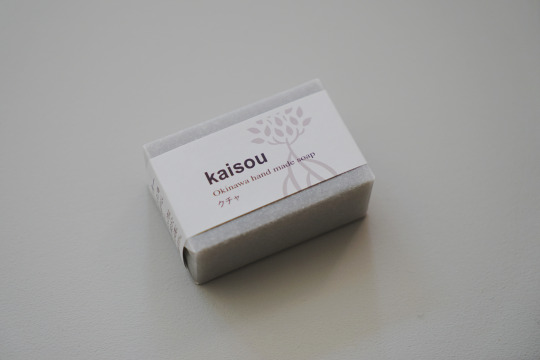
03: Kaisou Hand Made Soap
Not limited to food, Okinawa’s bountiful produce is also used to create a host of natural cosmetics, made to celebrate the local landscape. With stores dotted across Naha city, Kaisou’s handmade soaps use mineral-rich sea water and Okinawan plants to create a product that not only smells delicious, but actively nourishes the skin.
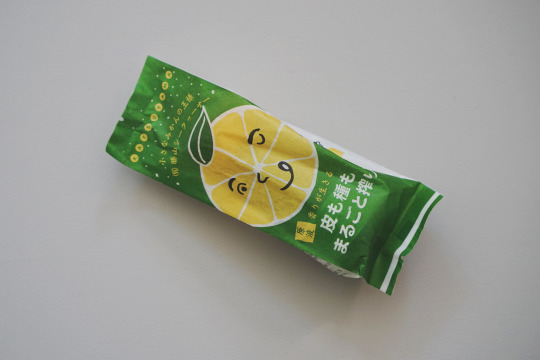
04: Pure Shikuwasa Juice
Thought to be a key contributor to the long lives of the islanders, shikuwasa is a locally grown citrus fruit believed to have a multitude of medicinal benefits. Anti-carcinogenic and rich in antioxidants, look out for bottles of 100% shikuwasa juice to add a health-kick to your cooking.
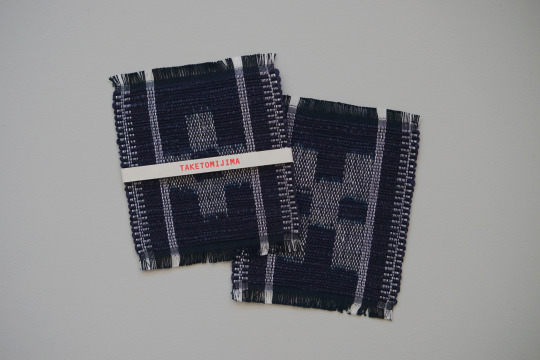
05: Yaeyama Minsa
Each of Okinawa prefecture’s island groups has its own distinct traditions, and in the Yaeyama Islands a heavy cotton known as Yaeyama Minsa has been woven by local craftsmen for generations. Dyed using locally grown plants, linear kasuri designs are woven into the fabric – the most common being an alternating pattern of four and five squares. Symbolising eternal love, minsa textiles were traditionally given as gifts of affection from women to men.

06: Turmeric Tea
One of the most prevalent herbs in Okinawa, turmeric – or ukon – is another of the magic ingredients thought to prolong the lives of the locals. Booming in popularity due to the health benefits associated with a daily dose of turmeric, ukon cha – or turmeric tea – originates in Okinawa where you’ll be able to pick up a packet of homegrown herbal infusion.

07: Ryukyu Glass
Okinawa’s glassmaking heritage has its roots in the post-war era, when a lack of resources prompted resourceful craftsmen to recycle empty bottles discarded by American soldiers. Developing distinct glass blowing techniques over the intervening years, Ryukyu Glass continues to use recycled materials and is today recognised as one of the traditional crafts of Japan.
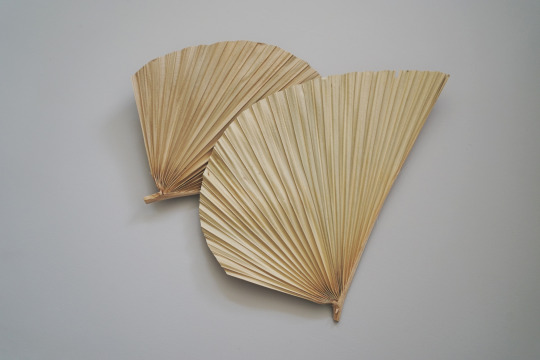
08: Palm Leaf Fan
The Yaeyama Islands – Japan’s southernmost archipelago – are the country’s hottest and wildest, with large swathes covered in thick jungle. Tropical plants are a rich resource for the islanders, providing medicines, dyes and hardy materials to make a vast array of homewares. Look out for rugs and brooms, bags and baskets made from the dried fibres of locally grown plants. Or for a piece of the island as nature intended, take home a delicate palm-leaf fan.

09: Tsuboya Pottery
Unique to Okinawa, Tsuboya pottery is perhaps the prefecture’s most famous craft. Made using indigenous clay, Okinawan pottery dates back to the era of the Ryukyu Kingdom and is today produced and sold primarily in Naha’s Tsuboya district. Take a stroll down Tsuboya Odori Pottery Street and you’ll discover a multitude of shops selling a huge selection of locally made pottery. The sheer choice will keep you for hours, seeking out the perfect souvenir.
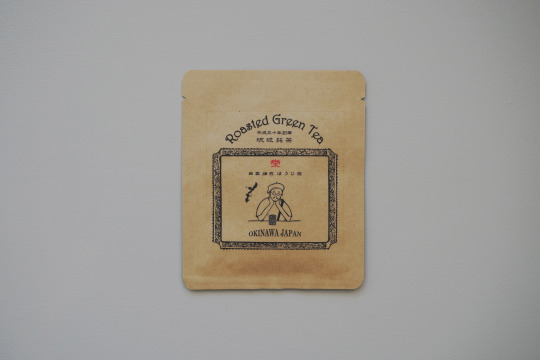
10: Yanbaru Green Tea
Like the island’s medicinal shikuwasa fruit, Yanbaru in northern Okinawa is rich in green tea cultivation. A UNESCO world heritage site, the area is also home to the island’s longest living community, which means green tea grown here not only calms the nerves and aids digestion, but adds years to your life too.
